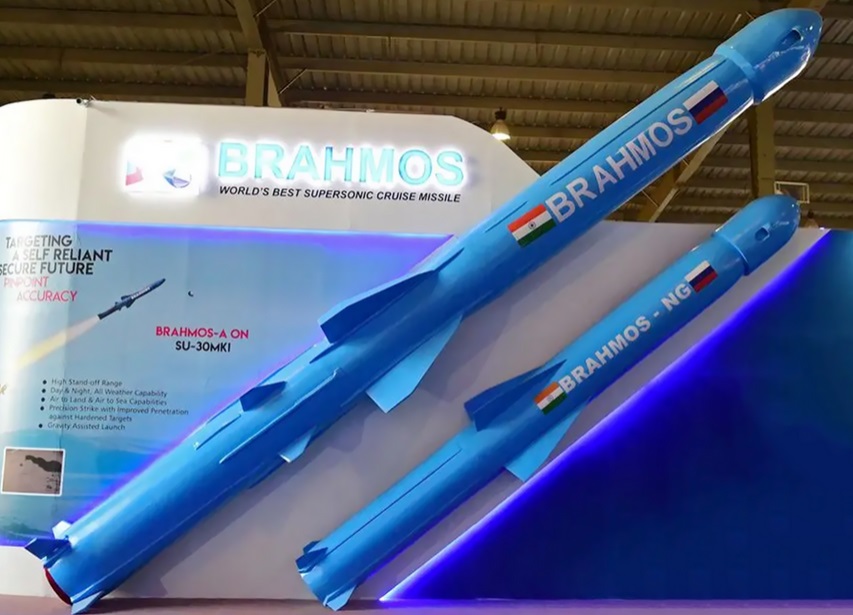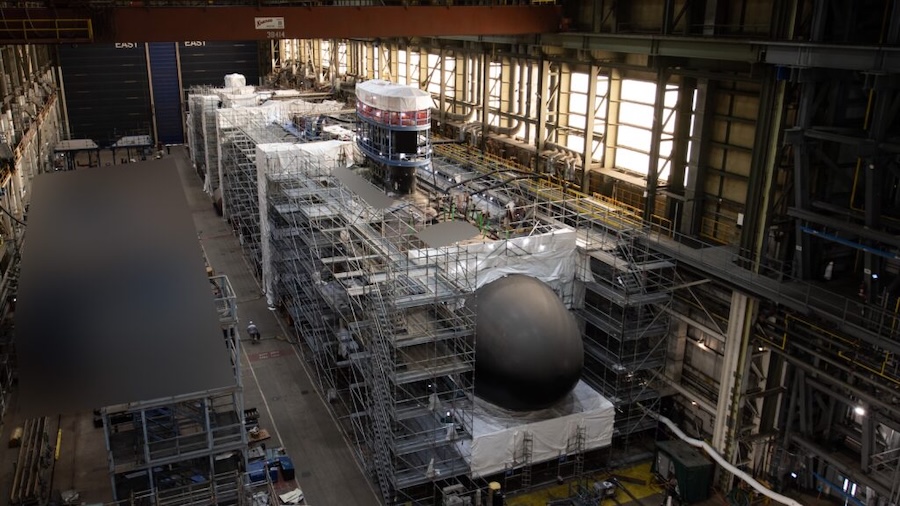The announcement coincided with the delivery of the first missiles from the BrahMos Aerospace Integration and Testing Facility (BAITF) in Lucknow, which was inaugurated in May 2024. The new facility is expected to produce up to 100 missiles annually and contribute significant revenue to the state of Uttar Pradesh through Goods and Services Tax (GST).
During the handover ceremony, the Chairman of BrahMos Aerospace presented two cheques totalling nearly $5.5 million to the Chief Minister of Uttar Pradesh. Singh highlighted the missile as both a powerful modern weapon and a symbol of India’s growing defence industrial capability.
Singh also remarked that “the entire territory of Pakistan is within range” of the missile, referring to Operation Sindhur, which drew public attention to the PJ-10’s reach. Previously, production of the BrahMos missile was concentrated at facilities in Hyderabad and Thiruvananthapuram.
BrahMos Aerospace is a joint venture between India’s DRDO and Russia’s NPO Mashinostroyenia, formed in 1998 with India holding a 50.5% stake and Russia 49.5%. While Russia initially supplied about 65% of missile components, India’s share has now increased to over 75%, with a target of reaching 85% localisation.
The PJ-10 BrahMos, derived from Russia’s P-800 Oniks, is a two-stage missile with a solid-fuel booster and ramjet propulsion, enabling it to fly at speeds exceeding Mach 3.5. Its warhead weighs 200 kg, but its destructive power is amplified by its kinetic energy, which is reportedly 32 times greater than that of a U.S. Tomahawk missile.
Besides India, current users of the PJ-10 include the Philippines, with Indonesia and Vietnam also expressing interest. Notably, Vietnam is already an export user of the Russian Bastion-P coastal system, which uses the P-800 Yakhont — the precursor to BrahMos.






























